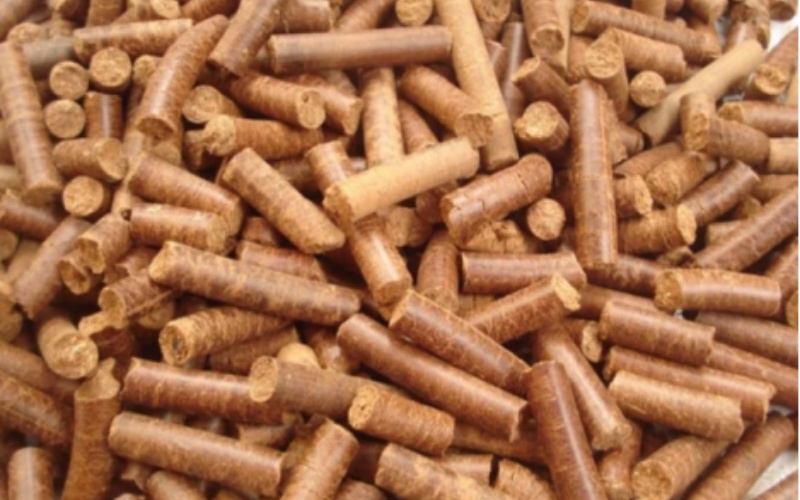Biomass pellet raw material sharing: Can coconut shells be made into biomass pellets
In the production process of biomass pellets, the selection of raw materials is crucial. Common biomass pellet raw materials include wood chips, straw, straw and other agricultural wastes. However, in order to obtain a higher caloric value and a lower tendency to coke, we should give priority to raw materials such as coconut shells, olive pits, and almond shells.

Coconut shells are known for their hardness and high lignin content, making them an excellent material for making durable pellets. As a raw material for biomass pellets, coconut shell has significant advantages. Not only does it have a high calorific value, generally between 4400-5100 kcal/kg, but it also produces very little ash after combustion, which greatly reduces the risk of coking.
Which countries and regions are rich in coconuts?

Countries that produce coconuts mainly include Indonesia, the Philippines, India, Sri Lanka and Brazil. Indonesia is the world's largest coconut producer, with coconut production reaching 17.1 million tons and a planting area of more than 3.5 million hectares. The main planting areas include Riau, North Sulawesi, Central Sulawesi, East Java and Maluku Waiting places. The Philippines is the second largest coconut producer after Indonesia, with output reaching 14.7 million tons. The main production areas include Davao, Northern Mindanao and Zamboanga Peninsula.India is the world's third largest coconut producer, with output reaching 14.6 million tons. The main growing areas include Kerala, Tamil Nadu, Karnataka and Odisha. Sri Lanka is the fourth largest coconut producer in the world, with an output of 2.4 million tons. The main production areas are located in the Coconut Triangle region. Brazil is the fifth largest coconut producer in the world, with a production of 2.3 million tons. The main production areas include Bahia, Sergipe and Ceará. These countries can make full use of natural advantages to collect coconut shell resources and produce biomass pellets.
How are coconut shells converted into biomass pellets?

1.Raw material collection and preprocessing: First, you need to collect enough coconut shells as raw materials. These coconut shells usually undergo pre-processing steps such as cleaning and removing impurities to ensure their quality.
2.Crushing and Grinding: The pretreated coconut shells will be sent to the crusher for crushing, and then further refined by grinding equipment to form granular materials suitable for subsequent processing.
3.Drying and dehydration: In order to ensure the quality of biomass pellets, the ground coconut shell needs to be dried and dehydrated to remove the moisture.
4.Shaping and solidification: After drying and dehydration, the coconut shell pellets will be sent to the biomass wood pellet machine for shaping. During the molding process, the wood pellet machine uses high temperature and high pressure to tightly combine the coconut shell pellets to form stable biomass pellets. Therefore, in the entire pellet production process, the role of the pellet machine is crucial. A good quality wood pellet machine is the key to producing high-quality pellets.

5.Screening and Packaging: Finally, the formed and solidified biomass pellets will pass through screening equipment to classify them according to their size. The classified pellets will be fed into a packaging machine for packaging for storage and transportation.
Through the above steps, coconut shells can be successfully converted into biomass pellets. Due to its high calorific value, low ash content and low sulfur content, it has become an ideal alternative to traditional fossil fuels.